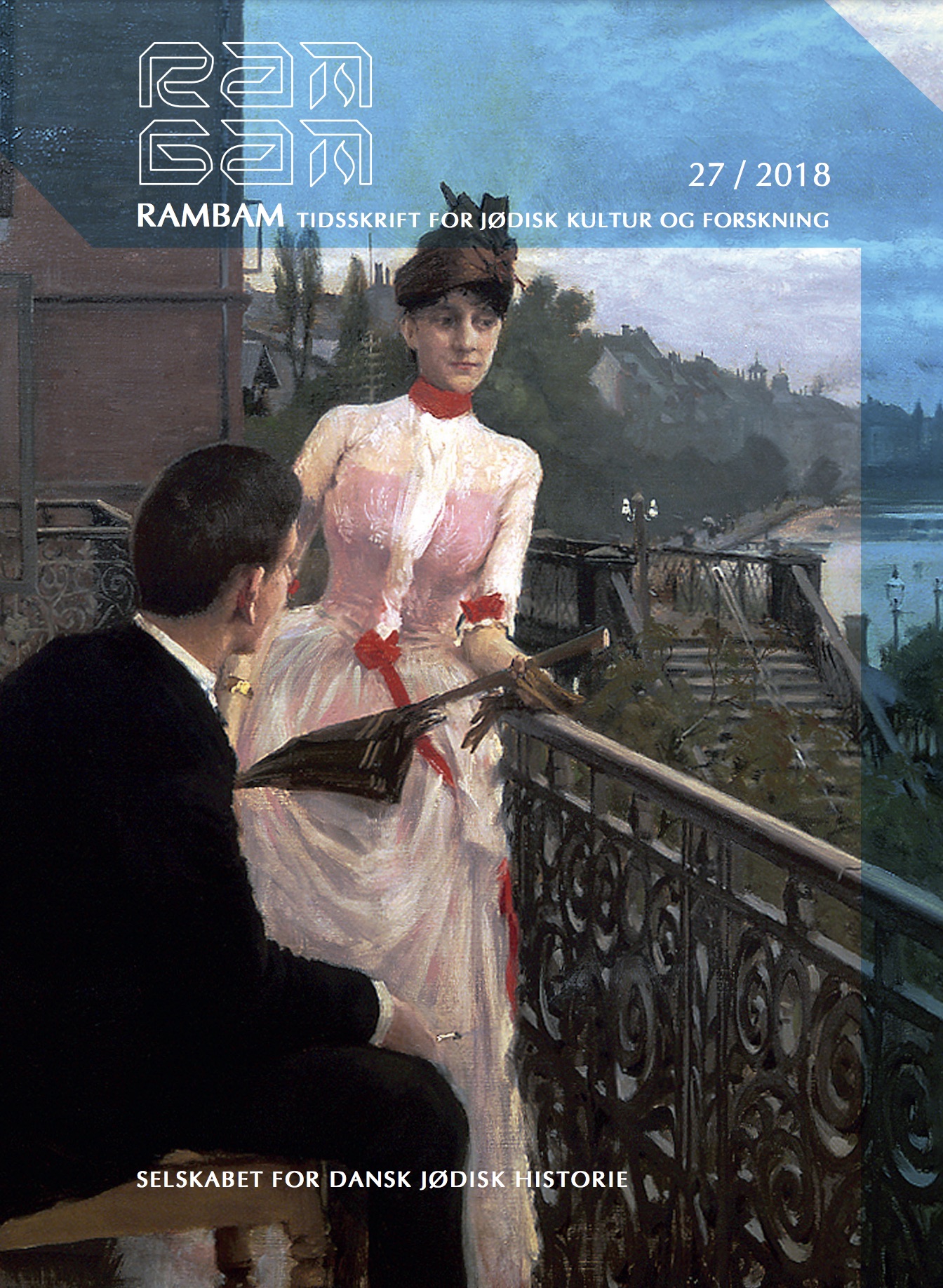Theresienstadts teaterliv i dansk erindring
Resumé
The Jewish ghetto at Terezin (German name: Theresienstadt) is known for a stunningly active cultural life. A cultural life which emerged from the prisoners themselves. A cultural life which soon was found by the Nazis to be a very effective tool in their propaganda about Theresienstadt – “the Model ghetto”. This article investigates what it was like to live in captivity but still with some kind of freedom to nurse one’s cultural drive. More specifically, it explores what theatrical performances might have done for the prisoners? Drawing upon four Danes’ testimonies and memoirs, I discuss whether the prisoners thought of it as the Nazis’ way to deceive the world or if the Jews themselves might have benefitted from the opportunity to practice theatre. I argue that in the case of the four Danes theatrical performances enabled the prisoners to recover from the traumatic experiences in the ghetto by creating a safe space, facilitating the creation of coherent narratives and the chance to reconnect with themselves, each other and their lives before the war. In this way, theatre – as part of the rich cultural life – had a very therapeutic effect on the prisoners in Theresienstadt. Thus this article advocates the importance of including the stories, thoughts and notions of the people implicated when writing the history of Holocaust.





